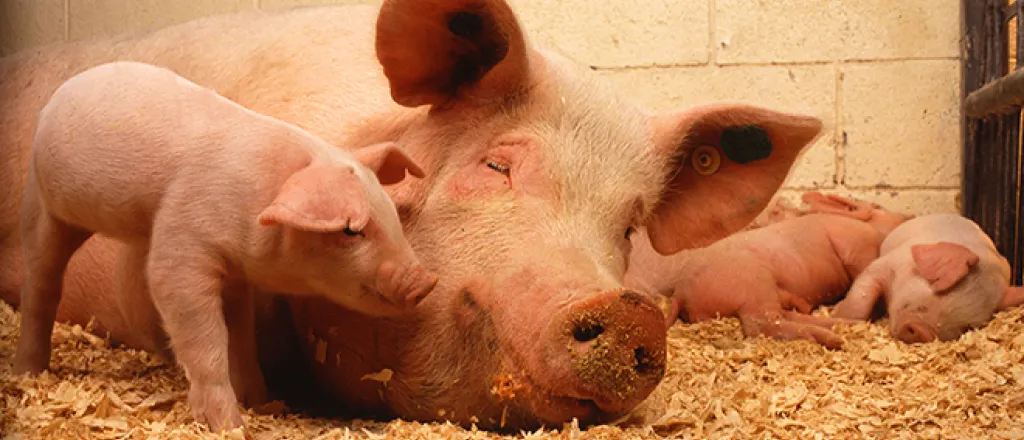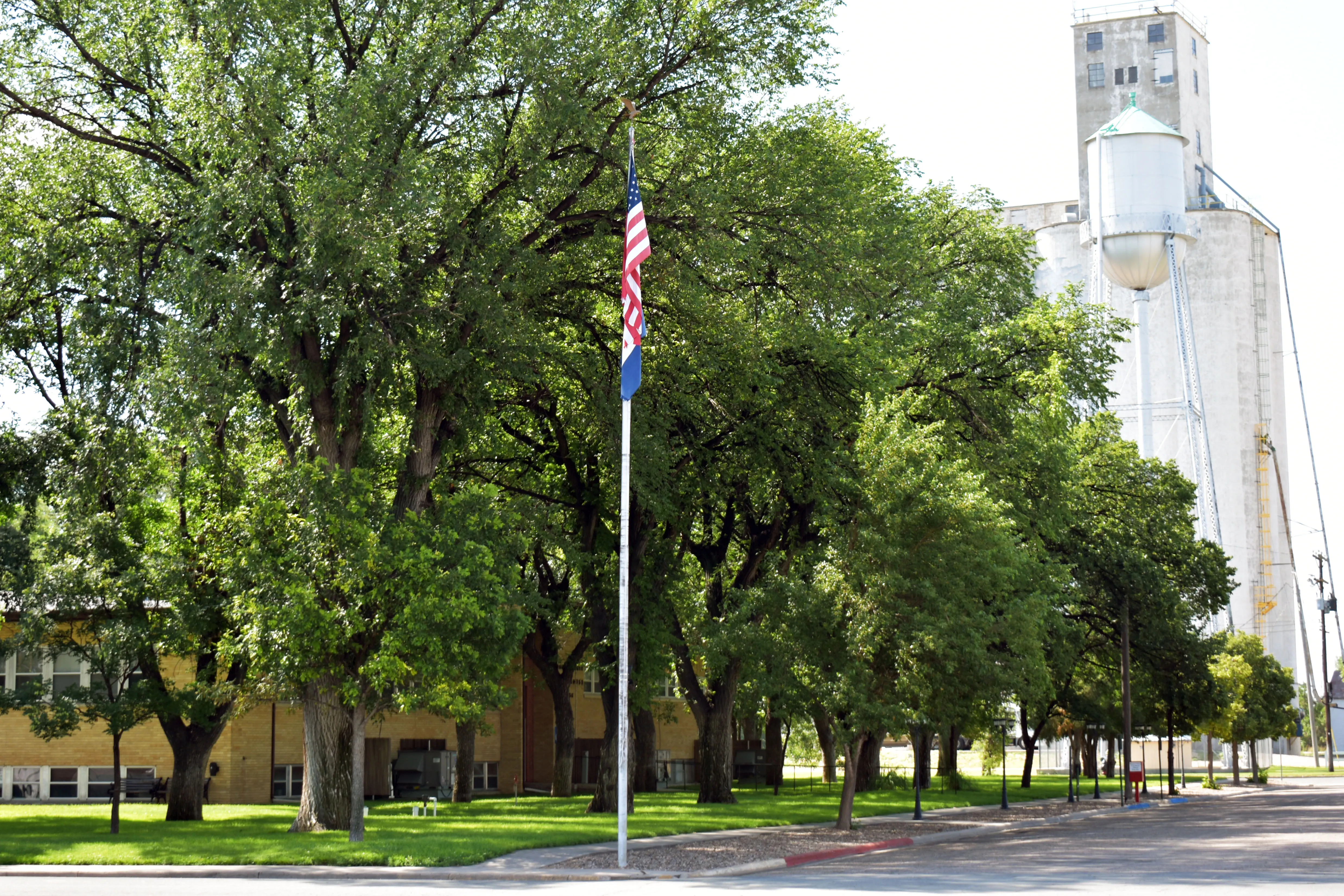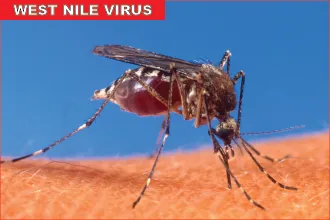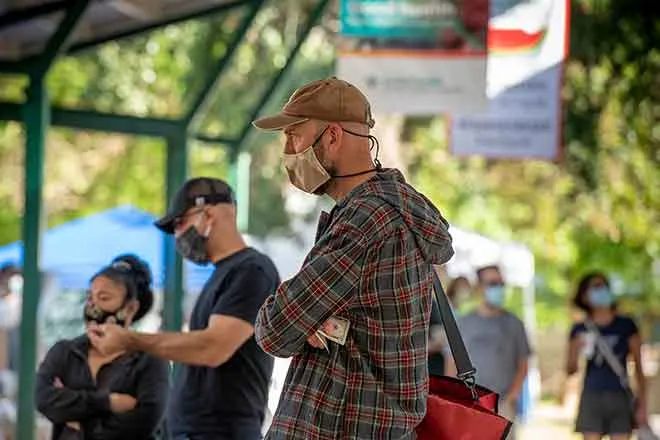
Family farmers call for tougher CAFO regulations in Farm Bill
Click play to listen to this article.
(Iowa News Service) Family farm advocates are calling for cuts in federal subsidies to large animal feeding operations - technically known as Concentrated Animal Feeding Operations - in the Farm Bill being debated in Congress.
Iowa family farmers want more support for conservation programs that benefit smaller agriculture operations.

Right now, CAFOs can qualify for as much as $100 million every year to reduce some of the environmental damage they can cause.
That's taxpayer money that Barb Kalbach - a fourth-generation family farmer in Adair County, Iowa - said could be put to much better use by small family farmers on their land.
"Things like filter strips along streams and rivers," said Kalbach, "which helps with erosion, and it also helps with nitrates and other pollutants entering the water."
CAFO operators contend they use the federal money to defend against environmental damage and that they're always looking for cleaner, safer ways to raise high-quality meats while responding to increased consumer demand.
As a board member for the Campaign for Family Farms and the Environment, Kalbach said she is calling for more support of conservation programs that would help family farmers. But she said she is just as adamant that the long-standing rules governing CAFOs are changed.
"Industrial-scale factory farms, even though they are industrial scale, they do not have to go by industrial standards," said Kalbach. "They go by ag standards. And that's why we have the problem with pollution that we have. That should be addressed in the Farm Bill."
The Farm Bill saw its first action in the House Agriculture Committee May 23.
The House version of the measure also proposes $30 billion in cuts to SNAP benefits over the next decade, including $170 million in Iowa.

















